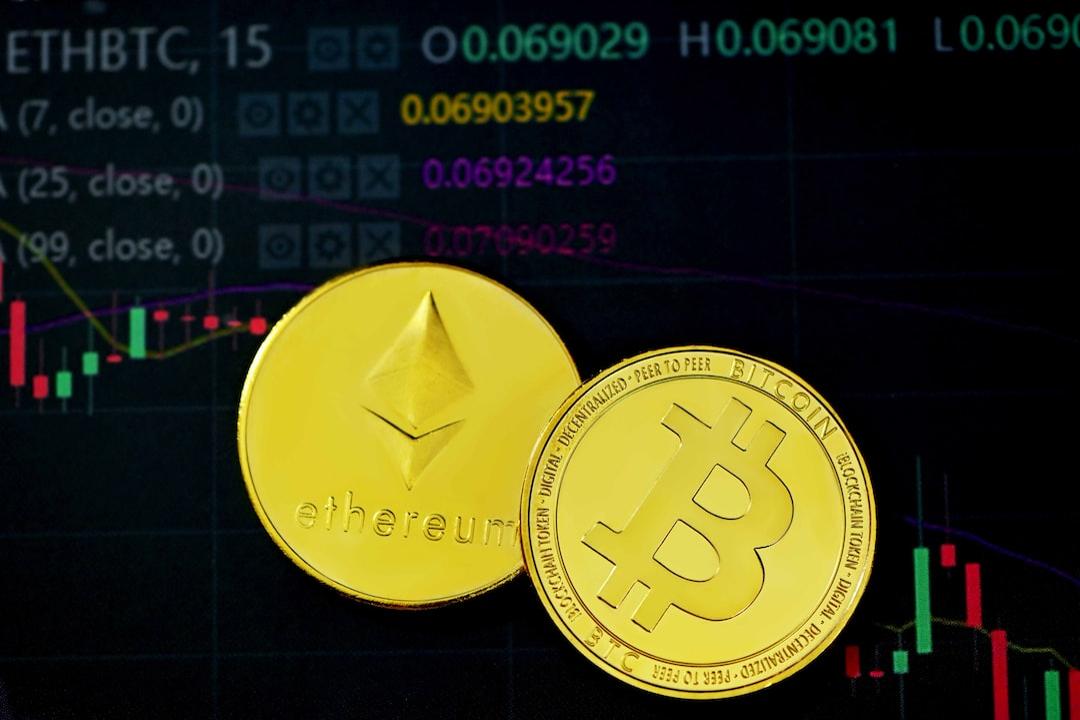In the realm of virtual land metaverse projects like Decentraland, Voxels, The Sandbox, and others, there has been a significant decrease in the prices of their NFTs between 2022 and 2023. This decline has left enthusiasts of digital collectibles and non-fungible tokens (NFTs) pondering about the future of the digital real estate market.
Metaverse excitement fading:
A recent study conducted from January 2022 to May 2023 has shed light on the reality of virtual land projects. The study analyzed the price fluctuations of the top five metaverse lands in terms of their peak and current values in ether (ETH), revealing the changing dynamics of the metaverse landscape.
During the peak of the NFT craze, the floor prices of metaverse lands skyrocketed. Otherdeeds, created by OthersideMeta, was priced at 7.50 ETH on May 1, 2022, making it the most expensive virtual land collection. Following closely was SomniumSpace, valued at 6.05 ETH at the beginning of 2022, with Decentraland securing the third spot with a collection worth 5.24 ETH.
Fast forward to May 24, 2023, and a significant transformation has taken place. The metaverse land market has seen a sharp decline, with floor prices dropping across various projects. Currently, metaverse land can be purchased for prices ranging from 0.37 to 1.09 ETH, depending on the project, as per the study findings.
Interestingly, Otherdeeds, developed by Yuga Labs, the creators of the popular Bored Ape Yacht Club (BAYC) NFTs, still holds the title for the most expensive metaverse land collection. However, the current price has fallen to 1.09 ETH, a significant decrease from its peak value. Decentraland follows closely, currently trading at 0.64 ETH.
Additionally, the cheapest land in the metaverse can be found in Voxels, where parcels are priced at 0.16 ETH. This collection comprises 7,930 parcels of land, each with unique characteristics like size and location. Somnium Space and The Sandbox have prices of 0.37 ETH and 0.43 ETH, respectively.
Somnium Space and Voxels experienced the most significant declines, dropping by 93.9% and 93.8%, respectively. The Sandbox, Decentraland, and Otherdeeds also faced notable losses, decreasing by 89.8% and 85.5%, respectively.
Potential reasons for the drop in virtual land prices:
Several factors contribute to the drastic drop in virtual land prices. Initially, the hype surrounding NFTs and metaverse lands inflated the market, with prices driven up by speculation and FOMO. As the market cooled down and investor sentiment shifted, prices fell.
Moreover, the increasing supply of virtual lands played a role in the price decline. With more metaverse projects emerging and offering their land collections, the market became saturated, diluting the value of individual projects. Additionally, some early adopters and speculators may have cashed out their investments, leading to downward pressure on prices.
The maturing of the metaverse industry also impacted the price drop. As technology and infrastructure improved, newer and more innovative projects entered the scene, increasing competition and compelling existing projects to reevaluate their value propositions and adjust pricing accordingly.
Implications for the metaverse:
The significant decrease in virtual land prices raises concerns about the long-term viability and sustainability of the metaverse as a digital economy. While some critics see it as the bursting of a speculative bubble, proponents believe it presents an opportunity for wider adoption and accessibility.
Lower entry barriers can attract a broader audience, fostering more diverse and inclusive virtual communities. As prices become more affordable, individuals previously priced out of the market may now have a chance to participate, contributing to the metaverse’s growth.
Furthermore, the price decline may spur increased innovation and creativity within the metaverse ecosystem. Developers and creators will be encouraged to deliver unique and engaging experiences to differentiate their projects and attract users, driving the evolution of the metaverse towards more immersive and interactive environments.
Pros and cons of virtual land ownership:
Virtual land represents digital real estate within the metaverse, allowing users to own and customize parcels of the virtual world. These parcels, minted as NFTs, can be bought, sold, and traded on NFT marketplaces. Ownership grants users the ability to host events, build digital assets, socialize, and explore utilities within the metaverse.
Creators have an innovative canvas to express ideas, developing unique experiences and digital assets that can be monetized through various means. Despite the risks like market volatility, platform hacks, and network downtimes, virtual land ownership offers significant advantages in terms of creativity and monetization potential.
Looking ahead:
While the drop in virtual land prices between 2022 and 2023 signals the volatility and evolution of the metaverse market, it’s crucial to view these developments with a balanced perspective. The metaverse is a nascent industry with rapidly changing dynamics, and price fluctuations are part of the maturation process.
Investors and enthusiasts should carefully evaluate the fundamentals, community engagement, and development roadmap of metaverse projects before making investment decisions. Thorough research and due diligence are essential to navigate this evolving landscape successfully.
As the metaverse continues to captivate audiences worldwide, virtual land projects will remain a focal point of interest and investment. The future of the metaverse hinges on the collaborative efforts of developers, creators, and users to shape an immersive, vibrant, and sustainable digital realm.

